China’s EV Market 2025: The Great Reshuffling of EV Startups
China’s ‘New Forces’ (新势力) — NIO, XPeng, Li Auto, and their rivals — are rewriting the EV hierarchy in 2025.
One of the most common questions I get is how to make sense of China’s chaotic and hyper-competitive electric vehicle market. Today, we’re diving deep into the mid-year results of the “New Forces”–the country’s most prominent EV startups. Their story reveals a fundamental market recalibration, where traditional hierarchies are being completely rewritten. If you find this analysis valuable, consider becoming a paid subscriber for more in-depth commentary and flash notes on this fast-moving industry.
In the rapidly evolving arena of China’s electric vehicle market, 2025 will be remembered as the year of The Great Reshuffling. The era of blitzscaling and growth-at-all-costs has given way to a brutal market recalibration, where profitability and genuine value proposition, not just delivery numbers, determine survival.
This recalibration has thrown the established order into complete disarray. The mid-year financial reports confirm a shocking reversal: the hierarchy of China’s most prominent EV startups–a cohort known as the 「造车新势力」(zào chē xīn shì lì), or the “New Forces”–has been fundamentally rewritten.
What are these “New Forces”? Think of them as China’s homegrown answer to Tesla. Born in the last decade and often founded by tech entrepreneurs rather than auto industry veterans, they build software-defined, direct-to-consumer vehicles. For years, the leading pack was a trio known as 「蔚小理」(Wei-Xiao-Li): NIO, XPeng, and Li Auto. Today, their story is one of dramatic recalibration, featuring a dethroned king, a resurgent challenger, and companies fighting to redefine their value propositions. This is the new reality of China’s EV market reshuffling.
The Value Revolution – When “Good Enough” Becomes “Good Enough to Win”
The most striking narrative of H1 2025 is how the market has fundamentally recalibrated around a new definition of value–one that prioritizes accessible excellence over premium positioning. This shift is best exemplified by two companies that have mastered the art of strategic value delivery: Leapmotor’s democratization of luxury, and XPeng’s resurrection through pragmatic positioning.
Leapmotor’s Masterclass in Value Democratization
Leapmotor’s stunning ascent to the sales crown represents more than a simple success story; it’s a textbook case of value arbitrage in a rapidly maturing market. The company didn’t just get cheaper–it strategically democratized what was once considered premium positioning.
The genius lay in understanding that Chinese consumers had developed sophisticated appetites for the 「冰箱彩电大沙发」 (bīng xiāng cǎi diàn dà shā fā)–the “refrigerator, color TV, and big sofa” experience pioneered by Li Auto. But Leapmotor realized that for a massive segment of pragmatic Chinese buyers, a 60% version of this experience at 50% of the price wasn’t a compromise–it was a revelation.
This strategy delivered spectacular results: revenue soared 174% year-over-year to ¥24.25 billion and swung to a ¥30 million profit. More importantly, Leapmotor achieved something that has eluded most of its peers–the magical combination of scale and profitability that signals a sustainable business model.
XPeng’s Strategic Repositioning and Recovery
XPeng’s comeback story illustrates the second key pattern in this market recalibration: the power of strategic retreat followed by methodical rebuilding. Just 18 months ago, XPeng was in corporate intensive care, bleeding cash with an incoherent product lineup. Today, it exemplifies how companies can leverage market repositioning to engineer dramatic turnarounds.
The revival strategy embodies a uniquely Chinese business philosophy: the distinction between 「回血」 (huí xuè) and 「造血」 (zào xiě)–recovering blood versus creating your own blood. XPeng’s lifesaving transfusion came through the MONA M03, a sleek sedan priced from ¥149,800 that became the company’s sales backbone, driving revenue up 132.5% while cutting losses by more than half.
But XPeng understood that transfusions are temporary solutions. The company’s entire future now hinges on its ability to “create its own blood”–generating sustainable profits from higher-margin vehicles. This represents the ultimate test of market recalibration: having saved itself by going downmarket, can it convince consumers to follow it back upmarket?
The Common Thread: Market Maturation and Value Redefinition
Both success stories share a crucial insight: China’s EV market has matured to the point where consumers can distinguish between genuine value and marketing fluff. Leapmotor succeeded by offering 80% of the premium experience at 50% of the price. XPeng succeeded by acknowledging market realities and rebuilding from a position of strength rather than stubbornly defending untenable premium positioning.
This represents a fundamental shift from the early days of Chinese EVs, when brand positioning and aspirational marketing could command premium prices. Today’s market rewards companies that can deliver tangible value propositions–whether that’s Leapmotor’s democratized luxury or XPeng’s honest value engineering.
The Old Guard’s Gambit – When Your Moat Becomes a Millstone
While the insurgents celebrated, the former leaders were forced into painful pivots. No company felt this reversal more acutely than Li Auto. For years, Li Auto was the undisputed king, the only member of the New Forces to achieve consistent profitability. Its moat was a brilliant understanding of the Chinese family’s anxieties (range anxiety, solved by its Extended-Range EV technology) and desires (the aforementioned mobile living room).
The problem? In China’s fast-moving market, that moat was built on sand. Today, nearly every competitor offers a family-sized SUV with a big screen and a fridge. Its technological edge in EREVs has been eroded. The company’s first forays into the pure battery-electric vehicle (BEV) space have been disastrous, with its ultra-premium MEGA MPV becoming a sales flop and its i8 SUV, launched in July 2025, forced into configuration cuts and price drops within a week.
The financial results tell a worrying story. While still profitable, Li Auto’s H1 revenue declined year-over-year for the first time since its IPO, and its free cash flow turned sharply negative. Its guidance for the third quarter was shockingly pessimistic, forecasting a sales drop of around 40% year-over-year. Li Auto is now caught in the classic innovator’s dilemma, forced to trade its hard-won profitability for sheer survival, cutting costs while scrambling to make its upcoming i6 SUV a hit. It is a company on the defensive.
NIO, the premium standard-bearer, is also making a strategic retreat. But its pivot is as much cultural as it is commercial. NIO built its brand on an exclusive, community-centric model, best embodied by the NIO House. More than a showroom, a NIO House is a private, luxurious club for owners–part Apple Store, part Soho House–offering a library, café, event space, and even a daycare. This fostered a powerful, almost cult-like loyalty among its user base.
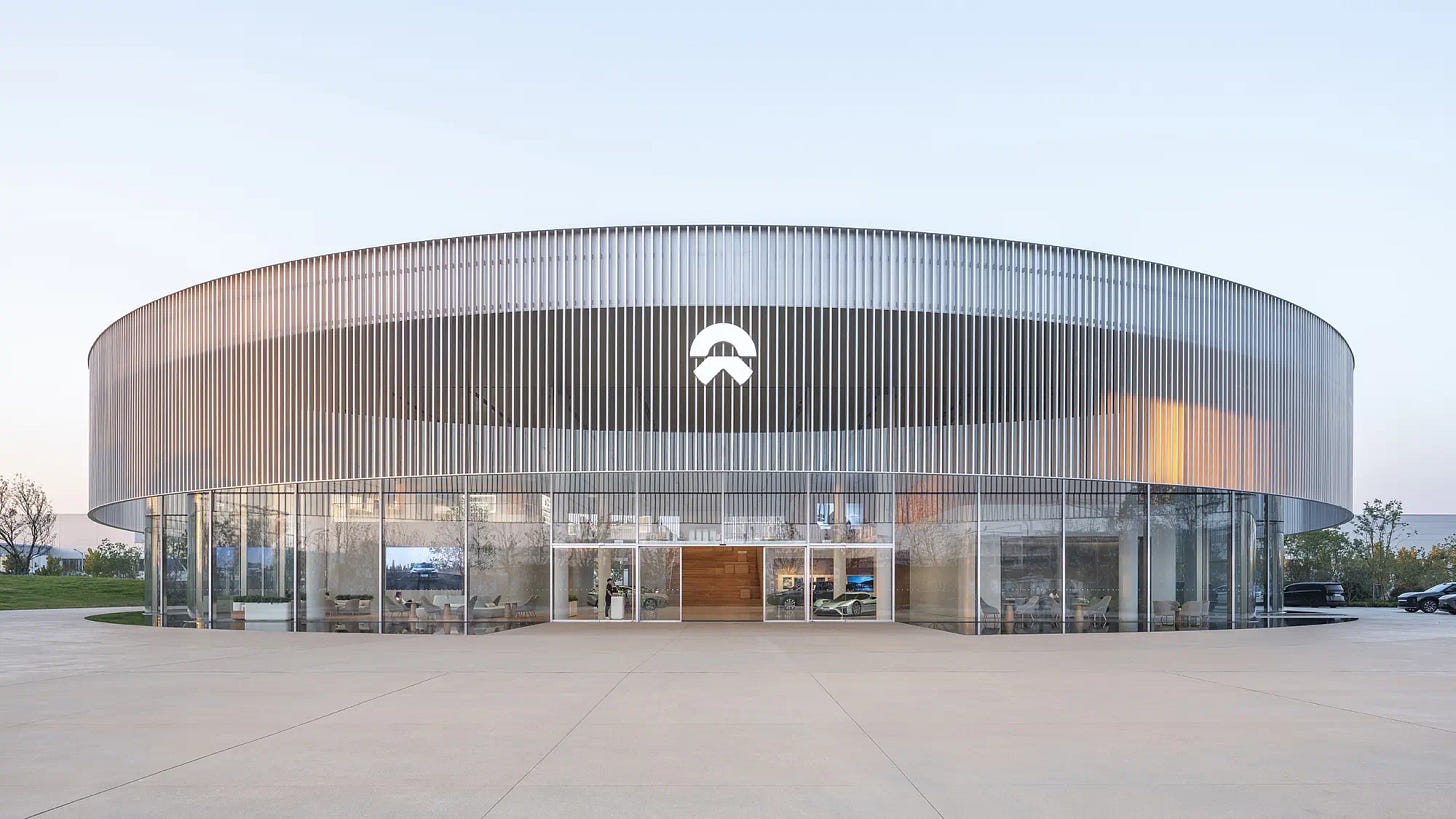
But this model is incredibly expensive to scale. Faced with mounting losses, CEO William Li has admitted that survival trumps idealism. NIO is now adopting the XPeng playbook. It launched a mass-market sub-brand, Onvo (乐道), whose first model was the L60, followed by the L90 SUV, which hit 10,525 units in August 2025. Simultaneously, NIO has aggressively “re-anchored” the price of its main brand, with its new flagship ES8 launching at ¥416,800, nearly ¥100,000 lower than its predecessor. It is a pragmatic, necessary move, but one that risks alienating the very believers who built the brand, as they watch their exclusive club open its doors to the masses.
The Battlefield Itself – Welcome to the Age of 「内卷」(Nèi Juǎn)
To truly grasp the desperation behind these strategic shifts, one must understand the defining force of China’s current market: 「内卷」 (nèi juǎn). The term, often translated as “involution,” describes a state of zero-sum hyper-competition. It’s a relentless treadmill where everyone runs faster and works harder, only to stay in the same place. It is the defining psychological and economic condition of China’s EV war.
This isn’t just a simple price war; it’s a war of attrition on all fronts–features, technology, service, and, of course, cost. The pressure is being massively amplified by external forces. First is the colossal scale of BYD, the undisputed champion of the market, which can leverage its vertical integration to wage a price war no startup can win.
Second, and perhaps more uniquely Chinese, is the entry of tech giants like Huawei and Xiaomi. In China, the auto industry is not a closed loop. It is a battleground for sprawling tech ecosystems. Huawei, leveraging its immense brand power and retail network, has turned its AITO automotive partners into formidable competitors. Xiaomi, with its deep expertise in consumer electronics and supply chain management, has entered the market with a bang, delivering over 30,000 units per month in mid-2025 and expanding its retail footprint to over 350 stores nationwide. These cross-industry giants are forcing the New Forces to compete on grounds far beyond traditional automotive metrics.
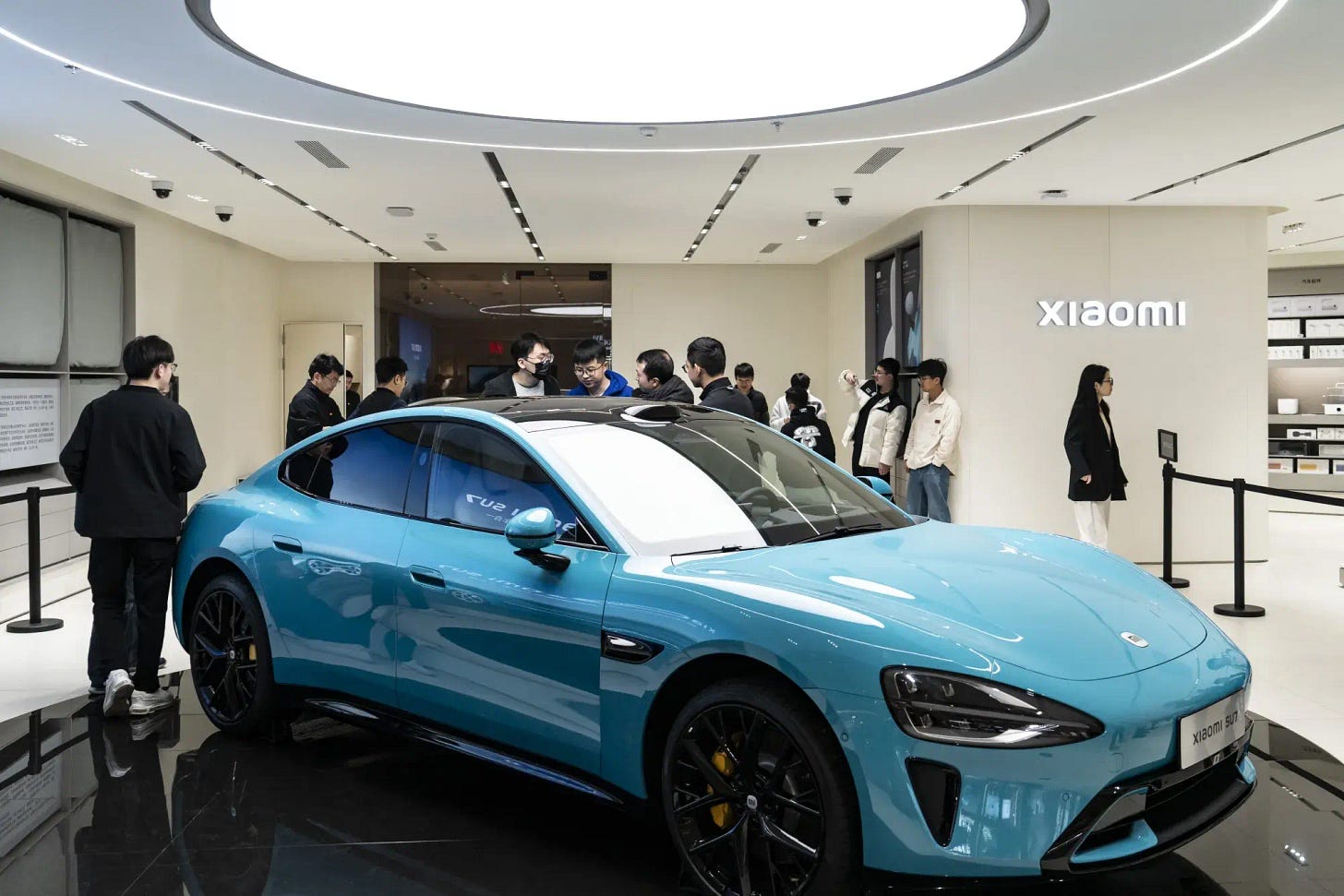
Understanding nèi juǎn is non-negotiable for any investor looking at China. It explains why even premium brands like NIO have been forced to tear up their price floors. It is a desperate fight for efficiency and scale, where the slightest misstep can be fatal.
Conclusion: Three Signals to Watch in the Market Recalibration
The chaos of China’s EV market is not a sign of terminal decline; it is a crucible, forging a new generation of incredibly resilient and adaptable companies. As we look to the second half of the year, the strategic repositioning of the New Forces has set the stage for a dramatic conclusion. For anyone trying to understand the road ahead, here are three key signals to watch:
The Pure EV Litmus Test: Li Auto’s upcoming i6 SUV is not just another car launch; it’s a referendum on the company’s ability to compete beyond its original niche. Its success or failure will signal whether Li Auto can reinvent itself or is destined to become a cautionary tale of failed market transition.
The Brand Elasticity Test: Can XPeng convince customers to buy a premium, ¥300,000+ SUV from the same brand that sells the budget-friendly MONA? This will test the limits of brand stretching in a market that is highly sensitive to status and perception. Success would prove that strategic repositioning can be reversed–a crucial precedent for the entire industry.
The Profitability Paradox: Can NIO successfully fight a two-front war–chasing volume with its affordable Onvo brand while preserving the premium margins and user experience of its core NIO brand? The company has set a “must-achieve” goal of reaching profitability in the fourth quarter of 2025. Its Q4 financial results will be the first real data point on whether this complex balancing act is sustainable.
The survivors of this market recalibration will be those who master the delicate art of balancing scale, cost, and brand value. And they won’t just be winners in China; they will emerge as battle-hardened contenders ready to compete on the global stage. The recalibration continues.



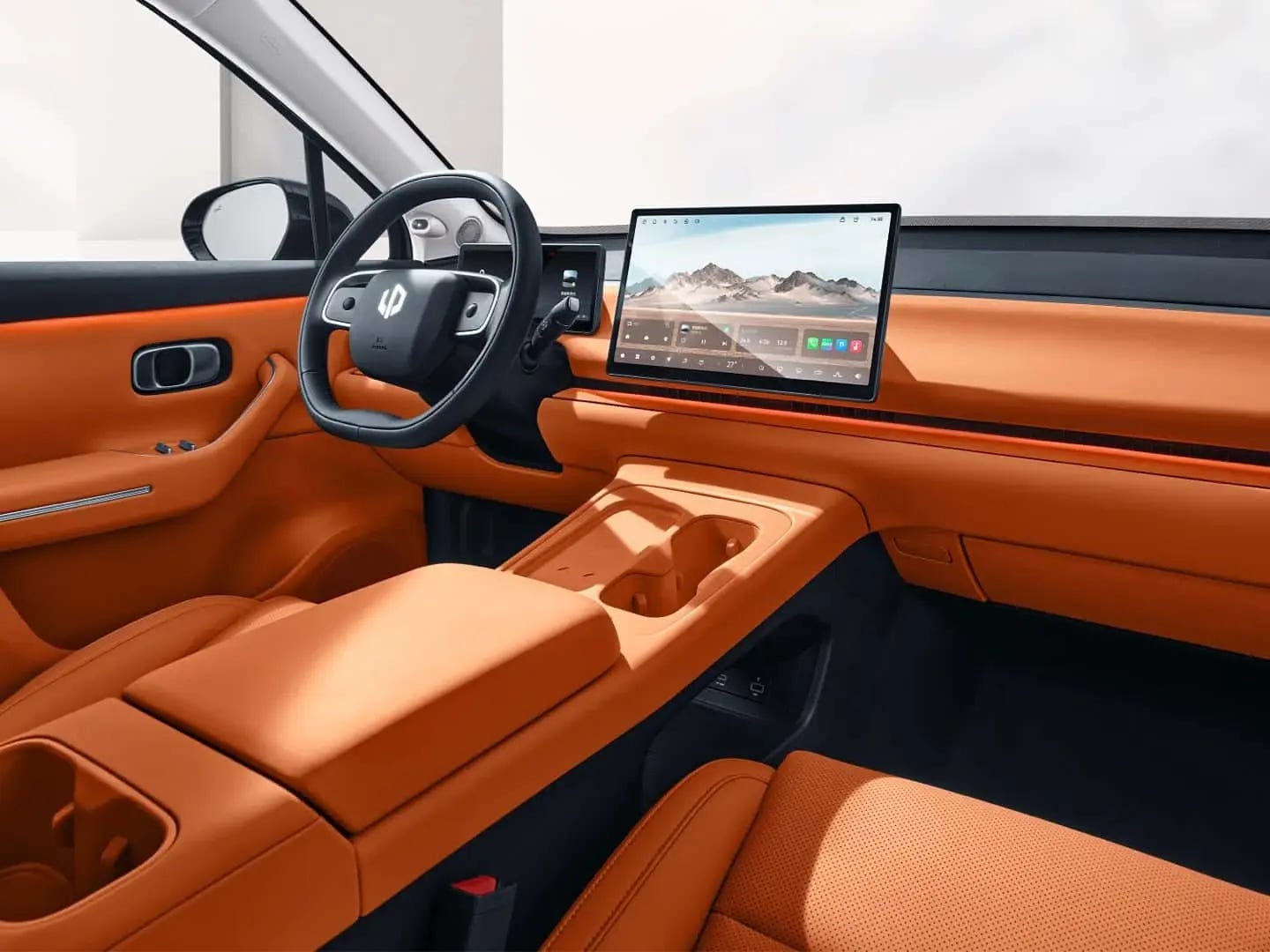
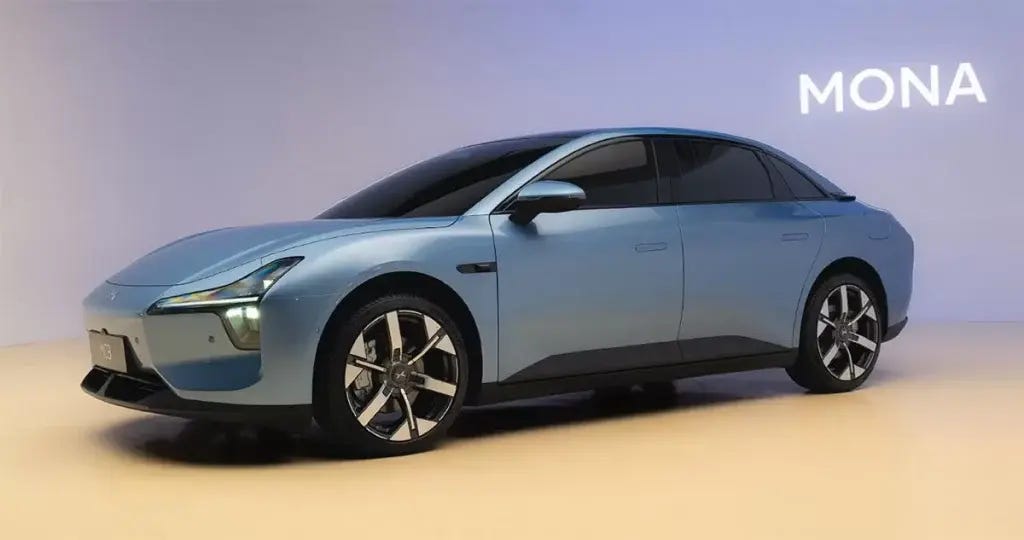
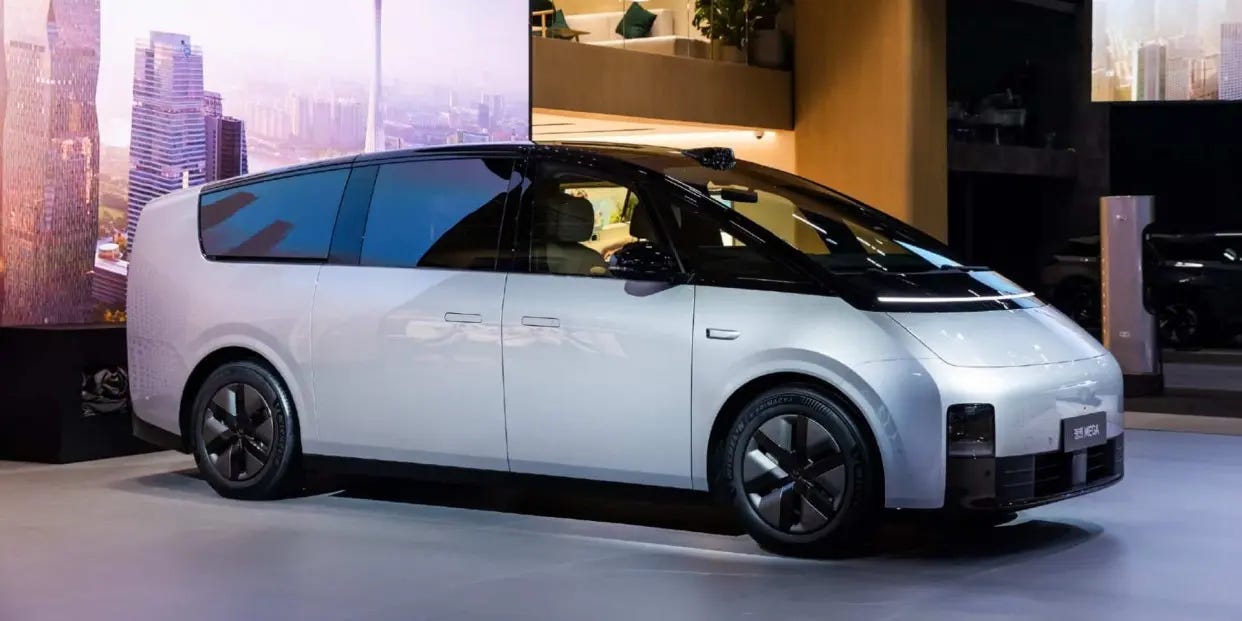

thanks for the good writeup. I noticed you did not bring up the energy sector of NIO, that is 3000+ battery swapp kiosk, which later to be upgraded to a smart grid battery swap kiosk that could balance power grid and nio EV battery. A battery swap take around 3min to replace and replenish a new battery.
this is actually a killer app for sticky moat, a massive infrastructure nation wide that Elon had toyed about when he was about to build his tesla EV but given up.